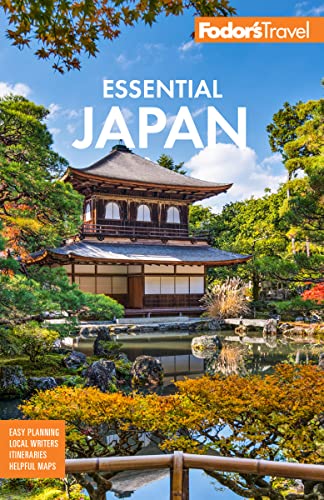In 1612 Shogun Ieyasu Tokugawa established Nagoya by permitting his ninth son to build a castle here. Industry and merchant houses sprang up in the shadow of this magnificent fortress, as did pleasure quarters for samurai. Supported by taxing the rich harvests of the surrounding Nobi plain, the Tokugawa family used the castle as its power center for the next 250 years.
After the Meiji Restoration in 1868, when Japan began trade with the West in earnest, Nagoya developed rapidly. When the harbor opened to international shipping in 1907, Nagoya's industrial growth accelerated, and by the 1930s it was supporting Japanese expansionism in China with munitions and aircraft. This choice of industry was Nagoya's downfall; very little of the city was left standing after World War II.
Less than two months after the war, ambitious and extensive reconstruction plans were laid, and Nagoya began its remarkable comeback as an industrial metropolis. Planners laid down a grid system, with wide avenues intersecting at right angles. Hisaya-odori, a broad avenue with a park in its 328-foot-wide median, bisects the city. At Nagoya's center is an imposing 590-foot-high television tower (useful for getting your bearings). Nagoya-jo is north of the tower, Atsuta Jingu to the south, Higashiyama-koen east, and the JR Station west. The Sakae subway station serves as the center of the downtown commercial area. Today Nagoya is home to 2.3 million people living in a 326-square-km (126-square-mile) area.




